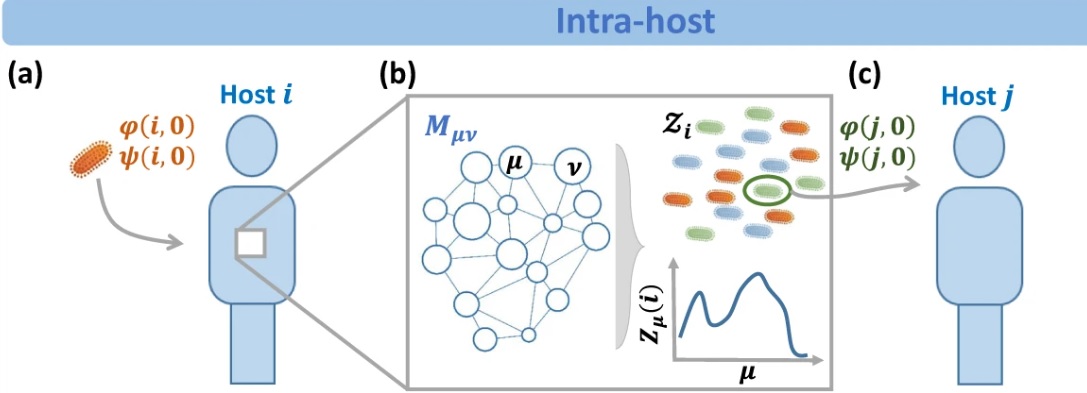Irene Vega
The COVID-19 pandemic has revolutionized the models used in epidemiology to predict the evolution of the behavior of new pathogens. Until now, compartmental models have been used for the mathematical study of infectious diseases, where the population is divided into compartments and in each of them the individuals have certain characteristics, that is, they can be in a state susceptible to becoming infected, infected or recovered (SIR models, for the acronym of Susceptible-Infected-Recovered).
When the SARS-COV-2 virus, which causes the COVID-19 disease, emerged, these models were used in which it was predicted that, based on an individual's contacts in society, an infected person could infect a susceptible one. However, as has been observed later, these models did not adjust fully satisfactorily to the reality of the evolution of the pandemic by not taking other variables into account.
The work carried out by the URJC and the Bar-Ilan University (Israel) has jointly studied for the first time two relevant factors when carrying out mathematical models: the speed with which a virus spreads within a population of individuals and how quickly a pathogen can mutate once it has infected an individual.
As the researchers point out in the published article in the prestigious scientific journal Nature Communications.: “If the mutations are too slow, the prevalence of the pathogen falls before the appearance of a critical mutation. On the other hand, if the mutations are too fast, the evolution of the pathogen becomes volatile and, once again, it does not spread. However, between these two extremes, we identified a wide range of conditions in which an initially sub-pandemic pathogen can progress to widespread prevalence."
These conditions that are referred to in this study are those that have been combined so that SARS-COV-2 has spread globally and so quickly. "To make the epidemiological models more capable of capturing the reality of a pandemic, it is necessary to consider two mechanisms at the same time: the spread and the mutation of the pathogen", emphasizes Stefano Boccaletti, a researcher at the Consolidated Research Group on Analysis and Computation with Complex Networks. of the URJC, directed by Professor Regino Criado, and doctor Honorary in 2014.
The model developed by the URJC researcher and Baruch Barzel, a scientist from the Department of Mathematics at Bar-Ilan University, will serve to anticipate future pandemics that may be caused by pathogens that have a great capacity to mutate and spread under similar conditions. In the analysis they present, they use different temporal variables, virus replication or drug use that, through different mathematical equations, yield relevant results on how the pandemic evolved and how new diseases could develop. “Until now, all the mutation phases had hardly been considered in the prediction process and this is one of the first works that takes this factor into account, together with the propagation speed, in an explicit way”, points out Stefano Boccaletti.
To carry out this work and collect the numerous data analysed, the URJC and Bar-Ilan University have also had the collaboration of scientists from the Chinese universities of Jinan, Zhejiang Technological University, Jiangsu University and East China Normal University.




